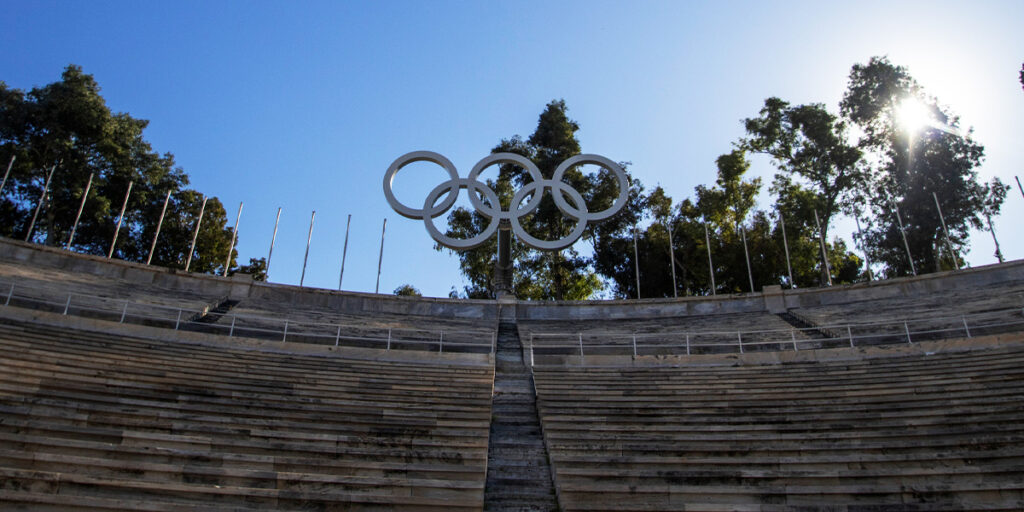Markets had another bumpy week as there was another barrage of news.
Earnings season is coming to a close and earnings have been coming in strong as expected. 419 out of the S&P 500 companies have reported, showing revenue growth year-over-year at +15% and earnings growth at +27%. Earnings haven’t been the problem, they continue to deliver. As we alluded to in our January Market Technicals piece, the Market was going to have to battle a historically expensive multiple/valuation entering ’22. Good news is with earnings coming in strong and the Market correcting to start the year, it’s made Valuations a lot cheaper. The S&P is now trading just below 20x earnings, after it started the year 22/23x.
Defensive areas continue to outperform. The flight to safety has continued. Gold has caught a bid amidst the recent uncertainty and inflation numbers coming in hot. Cheaper areas of the Market that generate cash flow have been the sole green areas of the year. Energy and Financials are the only positive sectors.
The Federal Reserve FOMC minutes were released Wednesday and nothing was terribly unexpected: the steady plan to begin raising rates in March continues given the CPI and jobs report from January came in a lot hotter on inflation and strong on jobs. The language remained measured and reiterated that policy flexibility was seen as key in this uncertain environment. They did call out the need to let the balance sheet run off quicker than the last time during the 2017-2019 period. Market expectations dropped to below 50% for a 50bps hike in March after the minutes.
The Yield Curve continues to put the Fed behind the curve. Why? With the January CPI (inflation) hitting 7.5% and the front end of the Treasury curve pricing in 5-6 interest rate hikes, the Fed needs to raise rates. But with the 10-year yield minus 2-year yield spread trading at only 0.47%, the lowest since Covid, it puts raising rates (tightening) too fast in jeopardy of inverting the Yield Curve. The Fed very well knows this and doesn’t want to force the issue, but at the same time, they need to tame inflation. It’s a difficult spot they’ve backed themselves into by waiting this long to lift emergency Fed policies.
We see a few things coming that may do the Fed’s bidding for them by cooling inflation without inverting the Yield Curve. The biggest of which is slowing/decelerating growth: we see Manufacturing & Service and Global PMI’s set to decelerate quite a lot entering late Spring and Summer. Two major drivers of this are elevated energy prices and rising short-term rates. Both have a leading dampening effect on monthly economic growth numbers, and with short-term rates having risen a lot to start ’22 and Oil/Energy prices remaining elevated, this should likely hit global growth in the next few months. Another big driver of this deceleration is the role of Fiscal Stimulus dropping a lot come Q2.
Best case is just that, decelerating growth, albeit still growth (just the rate of change slows from the scorching hot growth we saw in ’21), helps put a lid short-term on inflation and cools it into mid ’22. This would help the Fed out by not forcing them to raise rates as fast and steep, possibly causing the Yield Curve problems mentioned above.
Another normal smoothing mechanism is mortgage rates steadily rising back to the highest rates dating back to pre-Covid. Freddie Mac just stated Thursday that the average for a 30-year loan was 3.92%, up from 3.69% last week and the highest since May 2019. Higher mortgage rates will act as a governor to the overheated Real Estate Market. And a pause will also help the inflationary problem the Fed is facing too.
This period reminds us a bit of the 2015-2016 timeframe to illustrate something more recent. The economy came off super strong growth from 2012 to 2014, where the Equity Markets performed very well, then growth cooled as we progressed into 2015 and early 2016. The Market picked up volatility and traded in a big range as the economy took a breather after a huge growth phase. It was healthy. It was what longer-term Bull cycles do. Something similar to that makes a lot of sense to us as we progress into ’22: a healthy pause, digestion that allows growth to come back downstream, valuations to recalibrate and the Market to trade in range with increased volatility.
We continue to weather the storm playing defense and will continue to look for opportunities to be tactical with hedges/defense and then we will shift to buying opportunities/offense as those present themselves.
Have a nice weekend. The Market will be closed on Monday for President’s Day. We’ll be back, dark and early on Tuesday.
Mike Harris







